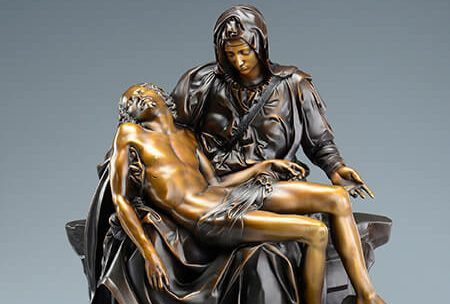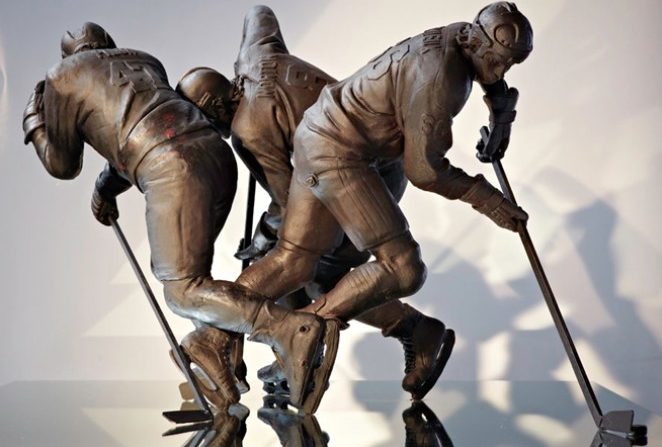Project Description:
The San Francisco Cable Car system is the last manually operated system of its type operating anywhere in the world. The original system was developed in the 1870’s and many of the cars, in updated form, are still operating.
In this project, Scansite 3D assisted in documenting the cars’ axle system for documentation and to allow for manufacturing in the future.

Solidworks CAD file of axle assembly
Process Description:
The disassembled parts were brought to Scansite 3D’s studio in San Rafael, California. The individual parts were scanned with a Creaform® Metrascan Elite 3D scanner. This scanner has an accuracy of 0.0025 mm/m (0.0017 in + 0.0003 in/ft).
The scan files of the various parts were then imported into Geomagic DesignX software. Geomagic DesignX has the unique ability to export the “feature tree” for parts directly to CAD software including SOLIDWORKS®, CATIA®, Siemens NX®, Solid Edge, Autodesk Inventor®, PTC Creo® and Pro/ENGINEER®. For reverse engineering projects, this allows the downstream software to import the feature tree, thus greatly facilitating the ability to make modifications to the part.
For this project the feature tree has been exported into Solidworks and a “natively parametric” Solidworks was created.
Finally, 2D drawings of the parts were created in Solidworks.

Axle assembly in cable car

Axle assembly gears on palette

3D scanning of Cable Car axle parts using a Creaform Metrascan 3D scanner

3D scan data of cable car axle part created using a Creaform Metrascan 3D scanner

Parametric Solidworks file (with feature tree) created from 3D scan data in Geomagic DesignX software

Assembly of finished CAD models. These files can be imported into any CAD software, including SOLIDWORKS®, CATIA®, Siemens NX®, Solid Edge, Autodesk Inventor®, PTC Creo® and Pro/ENGINEER®.


